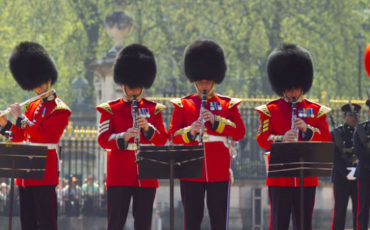Blog
Blog Posts
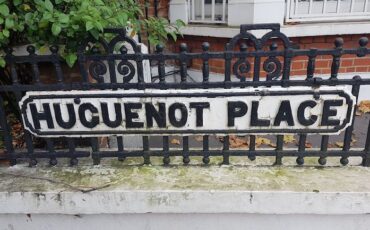
The Huguenots Of Wandsworth, South London
The indelible mark left by the Huguenot community and their development of the silk weaving industry is the stuff of legend. Their skills and entrepreneurial drive led them to settle across the south of England and in America. In the aftermath of the revocation of the Edict of Nantes in 1685, the small trickle arriving in Britain turned into a steady flow and, by the beginning of the eighteenth century, Huguenots made up five per cent of London’s population. Some of these refugee families headed to a small village, now a suburb of South London called Wandsworth.
Read more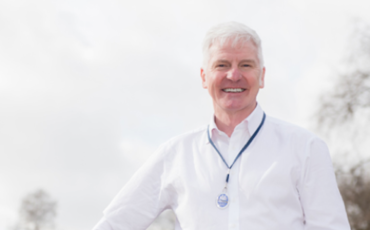
Because I’m A Londoner: From Black Cab Driver to Blue Badge Tourist Guide
This is the second in a series of articles written by London Blue Badge Tourist Guides who used to be key workers in our capital city. Ray Sharman describes his work as a London black cab driver.
Read more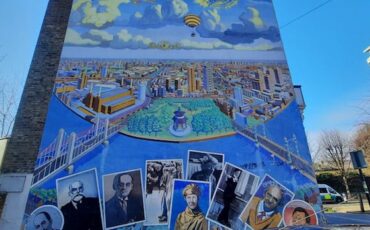
Brian Barnes Murals In Battersea, South London
Few people are as passionate about the Battersea area of London than muralist Brian Barnes MBE, who for the last forty-five years has been leaving his artistic touch on derelict industrial carcasses and council housing estates, some in plain sight and others in the most inconspicuous of locations. He first gained recognition in 1976 with his 267 foot long mural: Battersea: The Good, the Bad and the Ugly, on Battersea Bridge Road, which depicted a brush sweeping away the industrial dilapidation along Battersea’s riverfront, and replacing it with a colourful utopian vision of social prosperity for the local community.
Read more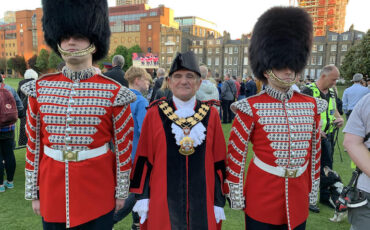
Islington – A Diverse And Distinctive Part Of London
When Henry VIII dissolved England’s monasteries in 1534 he handed over Islington and Archway to Thomas Cromwell. However, the unfortunate Cromwell had little time to enjoy his acquisition as he was beheaded in 1540. Today, Islington is a part of London supposedly full of well-off people living in expensive homes who like to feel they are spokespeople for those less fortunate than themselves. In fact, over 40% of Islingtonians live in social housing and almost 30% live in privately rented flats, so homeowners make up only 30% of this diverse Borough. Some of those houses are now very expensive!
Read more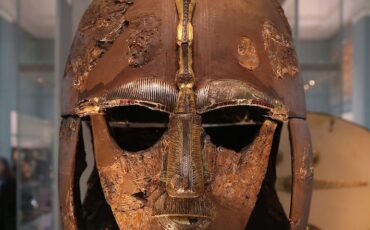
Sutton Hoo, Treasure Of The British Museum And Inspiration Behind The Dig Film
As a Blue Badge tourist guide in London, I am very familiar with the story behind the film The Dig. When giving a tour of the British Museum where the result of the famous excavation is displayed, it is usually a real highlight for visitors, both young and old. Let me tell you a little more about this amazing archaeological adventure story.
Read more
London Locations For Netflix’s Bridgerton TV Series
Bridgerton, the most successful series to be produced by Netflix to date, has surpassed other period dramas in colour, drama and romance. The locations are exaggeratedly beautiful, the relationships are beguiling and the costumes dazzle with vivid tones and rich textures. London is the setting for many scenes and you yearn to visit each location, but do not watch Bridgerton for historical accuracy!
Read more
RHS Garden Wisley: A World Class Garden Southwest Of London
Twenty miles south-west of London is ‘one of the world’s great gardens.’ The garden is Wisley, owned by the Royal Horticultural Society (RHS), the world’s leading garden charity. The RHS was established in 1804 at a meeting of seven men in Hatchard’s book shop on Piccadilly. The idea came from John Wedgwood, son of Josiah, founder of the fine china company.
Read more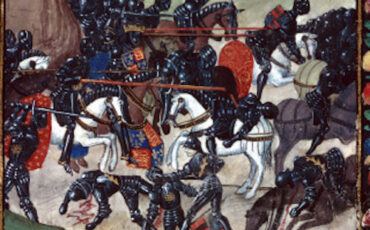
London Battlefield Sites Within The M25
2021 year marks the 550th anniversary of one of the most significant battles in British history. On the 14th of April 1471, the Yorkist army led by Edward IV defeated a Lancastrian army just north of the town of Barnet effectively ending the first part of that turbulent period of history colloquially known as the Wars of the Roses.
Read more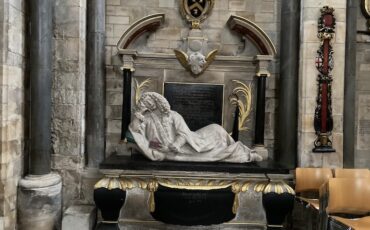
Lionel Lockyer: A 17th-Century Quack Doctor In London
Blue Badge Tourist Guide Richard “Rick” Jones explores sites in London with links to Lionel Lockyer, a physician espousing questionable remedies in the plague era. According to Chambers dictionary, a quack is ‘someone who claims, and practises under the pretence of having, knowledge and skill that he or she does not possess.’ A quack doctor, then, is a fraud.
Read more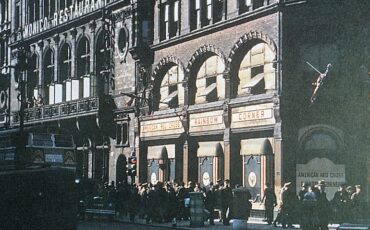
American Entertainers In London During World War II & The Venues They Played
During the Second World War London was home to, or visited by, tens of thousands of American Servicemen and women. When they wanted entertainment in the evenings they headed to the West End and the American Red Cross (ARC) Club was the first stop for many of them. There were several ARC clubs in London and many around the world offering meals and recreational activities, and the larger ones could provide overnight accommodations and facilities such as barbers and laundries.
Read more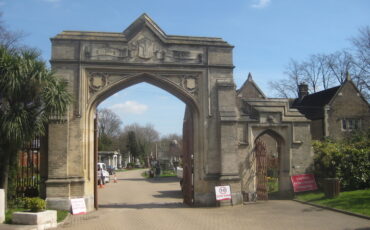
South Of The River Thames To Norwood In London
Until perhaps the last thirty years, there was some truth in the belief that north of the River Thames was smart, wealthy and desirable but south of the river was the haunt of thieves, vagabonds and only approached with caution. Even London’s cabbies were reputed to be reluctant to go south of the river at night. Times have changed. Peckham and Brixton as well as Clapham are now achingly trendy and expensive and other areas like East Dulwich and Forest Hill are up and coming.
Read more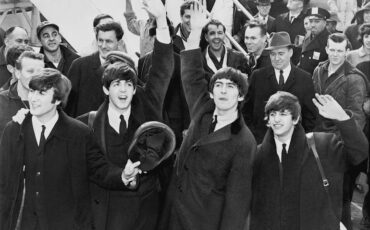
Trinidadian Calypsonian Lord Woodbine & His Early Influence On John Lennon & Paul McCartney
Many of London’s Blue Badge Tourist Guides have a knowledge of contemporary popular music, in particular the Beatles, the famous group who came from Liverpool but settled in London and recorded their music here. A little known early influence on them was the calypso musician called Lord Woodbine, whose real name was Harold Adolphus Phillip.
Read more


